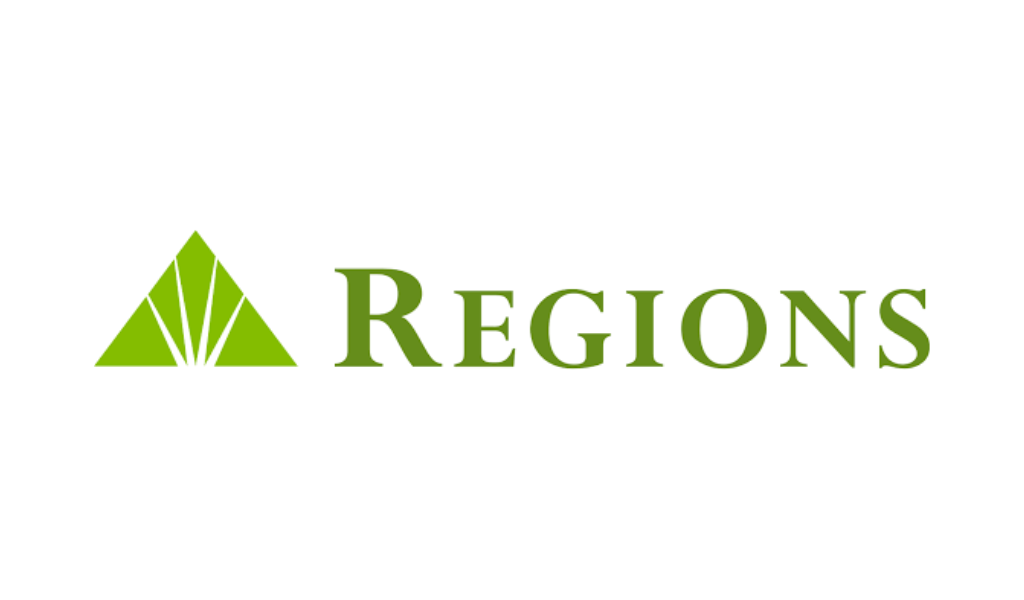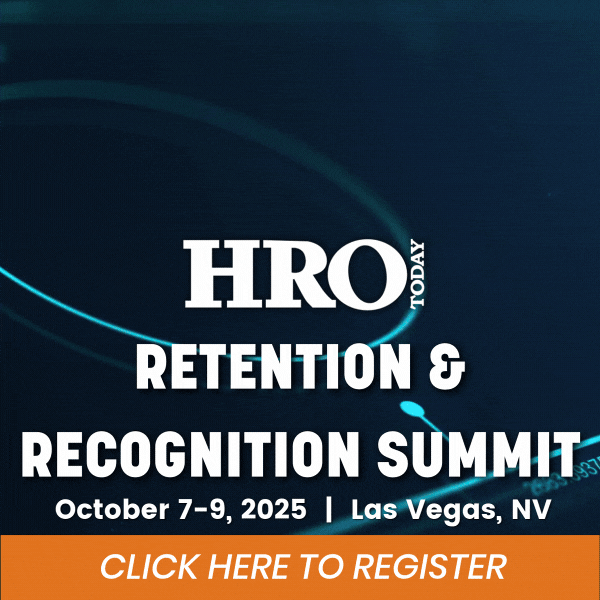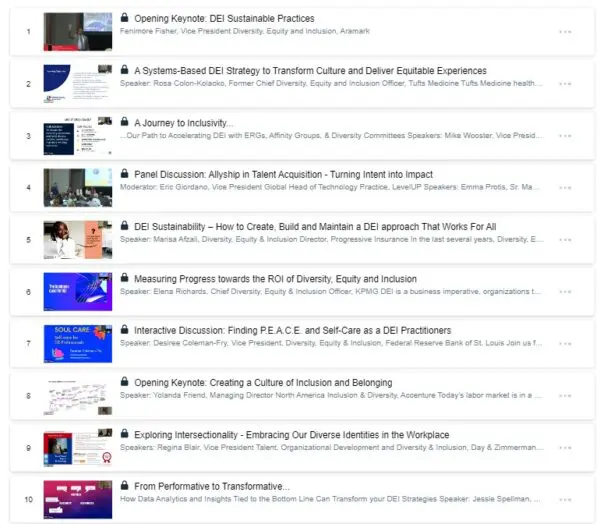How do employees experience the climate of their workplace when it comes to well-being? As it turns out, this varies by industry, demographic group, and organization, according to new research from Johns Hopkins Carey Business School’s Human Capital Development Lab.
The link between employee well-being and performance has prompted leaders with motivated to explore how maximizing these one-overlooked factors may be central to increasing organizational success. However, achieving high levels of employee well-being is a feat that’s easier said than done.
The Well-being at Work report uncovers the latest insights on organizational and individual factors that may influence employee well-being in the U.S. The study showcases the rise and decline of the climate of employee well-being across industries over the past five years, while considering influences like tenure, management level, confidence, and work arrangements, along with demographic differences based on race, gender, and age.
“Improving employee well-being can be complex,” says Professor Rick Smith, faculty director at the Human Capital Development Lab and co-author of the study. “Our research highlights a need for leaders to address organizational culture factors couples with a more nuanced management approach to create a climate of well-being for all.”
The overall findings show what many employees experienced in the first year of the COVID-19 pandemic: organizational leaders addressing the impact of this crisis by taking extra care to meet employee needs. The report shows that employees experienced a spike in the positive climate of well-being at the early periods of the pandemic. However, as workplaces transitioned back to pre-pandemic norms and more employees return to physical office spaces, the overall climate of well-being often regressed to the pre-pandemic level.
“The COVID pandemic heightened employers’ awareness of the importance of well-being, and many of the best organizations worked to create a positive work climate,” says Associate Professor Michelle Barton, co-author of the study. “The challenge now will be to integrate those practices into everyday work life, rather than simply as a crisis response.”
The data from the report confirms that there is a link between remote work opportunities and a climate of well-being, suggesting a need for employers to address work-life balance challenges for the workforce. However, since managers typically encounter lower stress levels than their junior employees, some managers may not fully appreciate these needs. This research also highlights some important differences by gender and ethnic groups, showing that well-being in the workplace is still consistently lower for women and African Americans.














